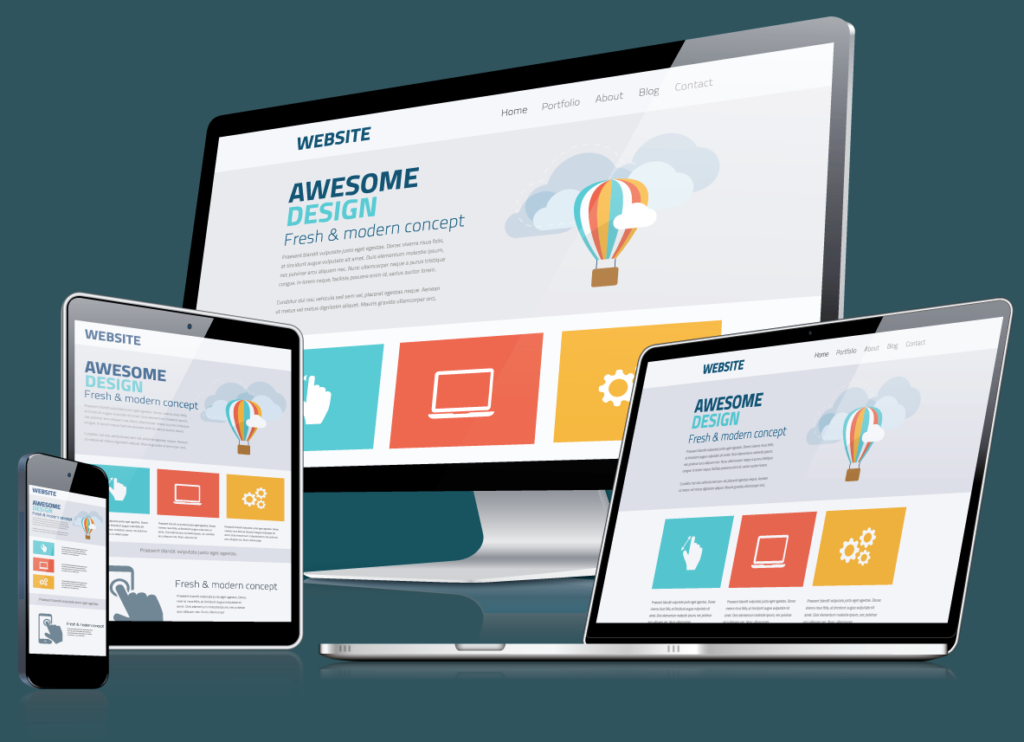You’ve got an idea for a new business, and you’re ready to take it to the next level. You know that if you have a website, it will make your business more professional and easier to market. But where do you start? Building a website from scratch can be challenging for many people—especially if you don’t have any experience doing so.
Fortunately, many different tools can help you build your website more quickly and easily, and GitHub is one of the best out there.
What is GitHub?
GitHub is a platform that allows users to store and manage their code online. It’s a community of developers, designers, students, and more who come together to improve the way people build software.
GitHub is also a great resource for building websites through its GitHub Pages feature. With GitHub Pages, you can create and host a website right from your GitHub account. GitHub Pages allow users to create a website with their own custom domain name that’s hosted on GitHub for free. It enables them to easily update their website whenever they want, and it gives them full control over its design and functionality.
Plus, GitHub also has an extensive community of developers who can help answer any questions you have about web applications, coding, and building software. This is especially helpful if you’re just starting out with website building and aren’t sure where to begin.
How do I use GitHub to build a business website?
With the Internet of Things (IoT) becoming increasingly prevalent, it’s important to have a website that can adapt to the times. And fortunately, GitHub makes it easy to use their code as a starting point and customize it however you want. Here are the steps for creating your own business website using GitHub:
1. Create a GitHub account
Go to the GitHub website and click “Sign up” in the top right-hand corner of the screen. Once you create a username, password, and email address, you can start using GitHub right away.
2. Install and use the GitHub Desktop application
This application allows you to use GitHub on your computer. You can install it by downloading the file from GitHub’s website, then double-clicking on it to open it. Follow the instructions that appear on the screen to install the application. Be sure to choose the appropriate type of operating system (Windows or Mac), then click “Install” to continue.
Once installed, open up the application and click “Sign in with GitHub” at the top right-hand corner of the screen. This will allow you to sign in to your account using your login information.
3. Set up a new repository for your website
A repository is a place where you can store all of your website’s files. It also allows you to keep track of changes, so you can see what has been added and removed from your site. To do this, click on the plus icon at the top right-hand corner of the screen, and select “New Repository” from its drop-down options.
This will open up a new window where you can choose the type of repository (public or private) and give it a name (such as “Website”). When naming your repository, be sure to write it in the format “_____.github.io “, where the blank is the name of your repository, more specifically your account username. This is necessary for GitHub to know where to host your files.
Once you have finished setting up, click “Create repository” to continue.
Add the necessary files for your website, such as HTML, CSS, and JavaScript.
The core of your website will consist of a directory of files and is essentially an organized file structure for your website. You can also add subdirectories for images and other media that you want to display on your website.
To add files and folders to your repository, click on the “Add Files” button in the top-right corner of your repository and select “Upload Files” from the drop-down menu.
You can then add files by clicking on them and dragging them into the browser window or by clicking “choose your files” to manually find the file on your computer.
Once you have added the necessary files, click “Commit changes” in the top-right corner of your repository to save them. This will create a commit for each change that you make to your website.
4. Choose a template
GitHub uses Jekyll themes as the default template language for your website, which is a Ruby-based templating engine for building static websites. To access Jekyll themes, navigate to “Settings” on the right-most option in the navigation bar, then scroll down to the “GitHub Pages” section. From there, click on the “choose a theme” tab and select a template.
With Jekyll, you can create simple websites that don’t require complex functionality, but it also allows you to add some dynamic features by using plugins.
Jekyll provides a variety of templates to choose from and allows you to customize them according to your needs, making it easy to create a website that fits your brand and business.
When selecting the right template for your business, it’s important to consider your website’s needs and check the template’s documentation to make sure it has clear instructions on how to use and customize it.
You should also preview the template’s demo to see if it has the design and layout you’re looking for and check that the template is responsive so it looks good on all devices.
5. Customize the look and feel of your website
Customizing your website template on GitHub involves editing the HTML and CSS files to change the website’s layout and design, adding your own images and other media, replacing the placeholder content with your own text and images, and using the template’s documentation to add any additional features or functionality.
Before you start customizing your website, it’s important to understand the different files and folders included in the template. The CSS files control the styling of the website, the JavaScript files control the interactive elements, the HTML files control the structure and content of the website, and the images and other media files are used to add images and other media to the website.
In customizing your website, it’s important to check the website’s responsive design on different devices and across different browsers to ensure compatibility.
You can also make use of GitHub CODEOWNERS to assign permissions and review access for changes to your website’s code repository. This ensures that only authorized individuals can make changes and that changes are reviewed before being merged.
6. View your site
After you’ve edited your website to your liking and added any custom features or functionality, you can then commit and push your changes to your GitHub repository. This will update the website’s files on the server and allow you to view your changes in action.
You can access your new website by going to the URL you specified in your project’s settings, in the format https://<username>.github.io
Do note that it will take a few minutes before the changes are live, so you won’t see any changes right away. If you want to further customize your website, you can check out the source code and add more CSS or HTML to the files alongside Jekyll’s built-in templating language.
From here there’s no limit to what you can do with your website. You can add more pages, customize the design and layout, add more functionality to your blog, or even build a fully-functional online store.
Bonus Tip: To ensure your website is performing at its best, it is essential to make use of website performance monitoring tools.
Final Thoughts
GitHub is a great resource for developers and designers alike. It’s free to use, and it has all the tools you need to create a website from scratch or improve an existing site. Building a business website is a big step in growing your company, and GitHub makes it easier than ever before.
Whether you’re new to coding or an experienced developer looking for a tool that can help you build and manage your business website, then look no further than GitHub. It has all the tools you need, including the great opportunity of being able to collaborate with others on projects.
Recommended Reading: How to Improve Technical SEO of Your Site


3 thoughts on “How to Build Your Business Website Using GitHub”